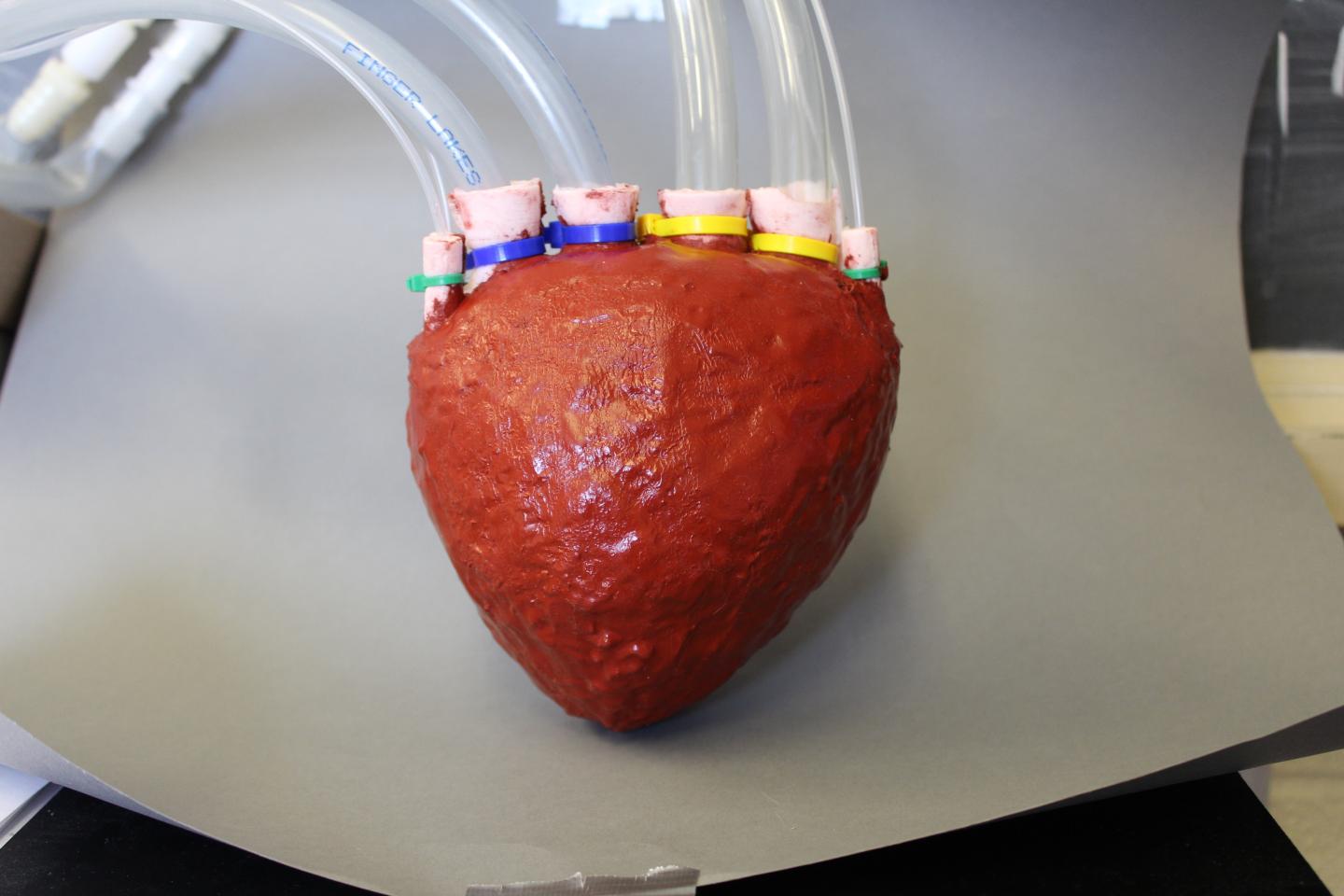In the quest to develop artificial organs, the University of British Columbia (UBC) is the not the first research institution that comes to my mind. It seems I may need to reevaluate now that UBC (Okanagan) has announced some work on bio-inks and artificial organs in a Sept. 12, 2017 news release (also on EurekAlert) by Patty Wellborn,,
A new bio-ink that may support a more efficient and inexpensive fabrication of human tissues and organs has been created by researchers at UBC’s Okanagan campus.
Keekyoung Kim, an assistant professor at UBC Okanagan’s School of Engineering, says this development can accelerate advances in regenerative medicine.
Using techniques like 3D printing, scientists are creating bio-material products that function alongside living cells. These products are made using a number of biomaterials including gelatin methacrylate (GelMA), a hydrogel that can serve as a building block in bio-printing. This type of bio-material—called bio-ink—are made of living cells, but can be printed and molded into specific organ or tissue shapes.
The UBC team analyzed the physical and biological properties of three different GelMA hydrogels—porcine skin, cold-water fish skin and cold-soluble gelatin. They found that hydrogel made from cold-soluble gelatin (gelatin which dissolves without heat) was by far the best performer and a strong candidate for future 3D organ printing.
“A big drawback of conventional hydrogel is its thermal instability. Even small changes in temperature cause significant changes in its viscosity or thickness,” says Kim. “This makes it problematic for many room temperature bio-fabrication systems, which are compatible with only a narrow range of hydrogel viscosities and which must generate products that are as uniform as possible if they are to function properly.”
Kim’s team created two new hydrogels—one from fish skin, and one from cold-soluble gelatin—and compared their properties to those of porcine skin GelMA. Although fish skin GelMA had some benefits, cold-soluble GelMA was the top overall performer. Not only could it form healthy tissue scaffolds, allowing cells to successfully grow and adhere to it, but it was also thermally stable at room temperature.
The UBC team also demonstrated that cold-soluble GelMA produces consistently uniform droplets at temperatures, thus making it an excellent choice for use in 3D bio-printing.
“We hope this new bio-ink will help researchers create improved artificial organs and lead to the development of better drugs, tissue engineering and regenerative therapies,” Kim says. “The next step is to investigate whether or not cold-soluble GelMA-based tissue scaffolds are can be used long-term both in the laboratory and in real-world transplants.”
Three times cheaper than porcine skin gelatin, cold-soluble gelatin is used primarily in culinary applications.
Here’s a link to and a citation for the paper,
Comparative study of gelatin methacrylate hydrogels from different sources for biofabrication applications by Zongjie Wang, Zhenlin Tian, Fredric Menard, and Keekyoung Kim. Biofabrication, Volume 9, Number 4 Special issue on Bioinks https://doi.org/10.1088/1758-5090/aa83cf Published 21 August 2017
© 2017 IOP Publishing Ltd
This paper is behind a paywall.

![Figure 2: Brush-spinning of nanofibers. (Reprinted with permission by Wiley-VCH Verlag)) [downloaded from http://www.nanowerk.com/spotlight/spotid=41398.php]](http://www.frogheart.ca/wp-content/uploads/2015/09/Haribrush_nanofibres.jpg)